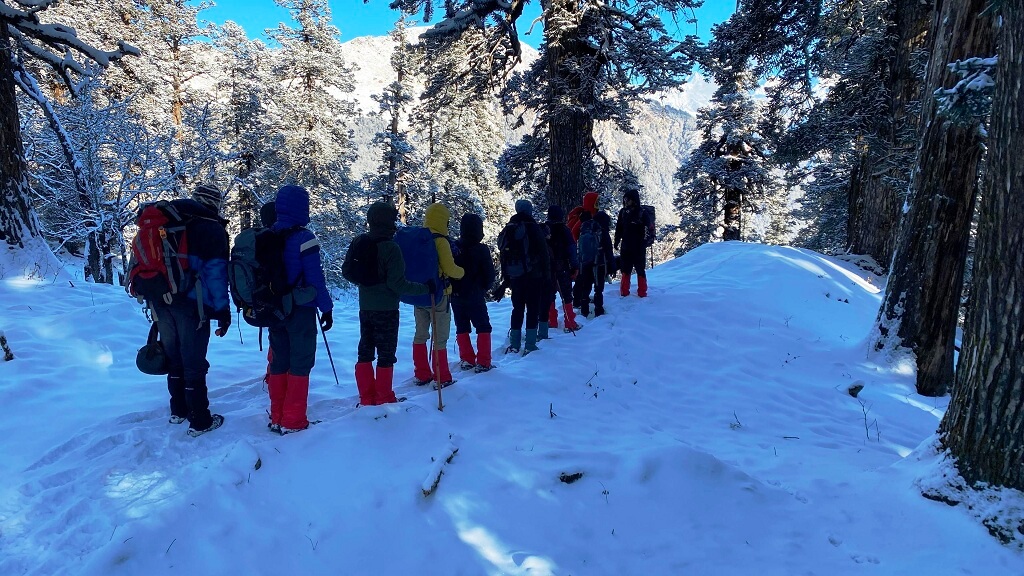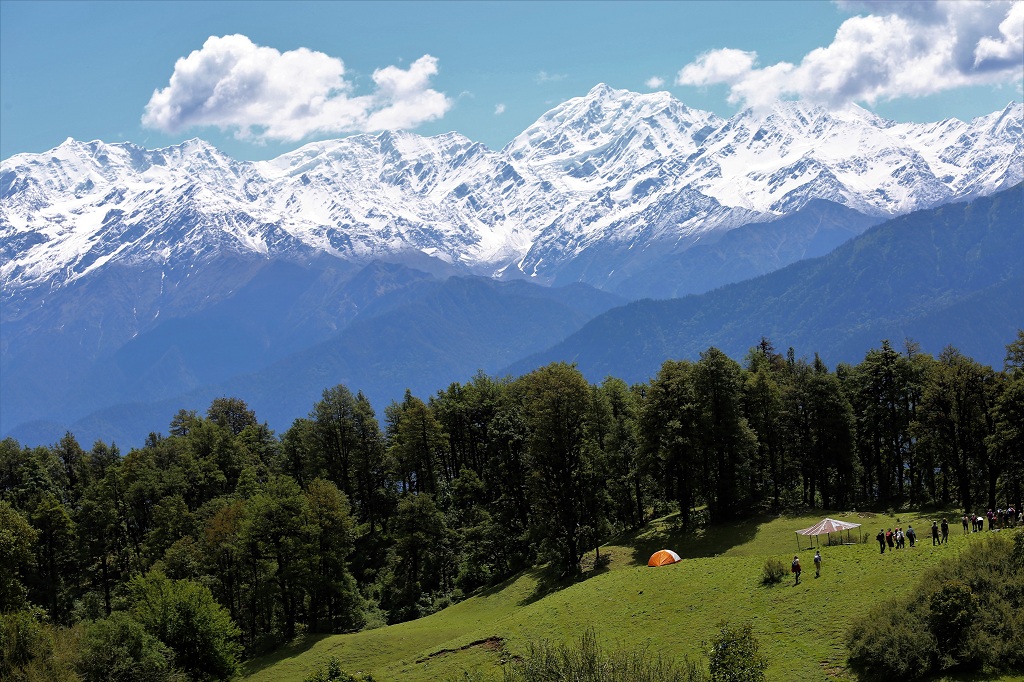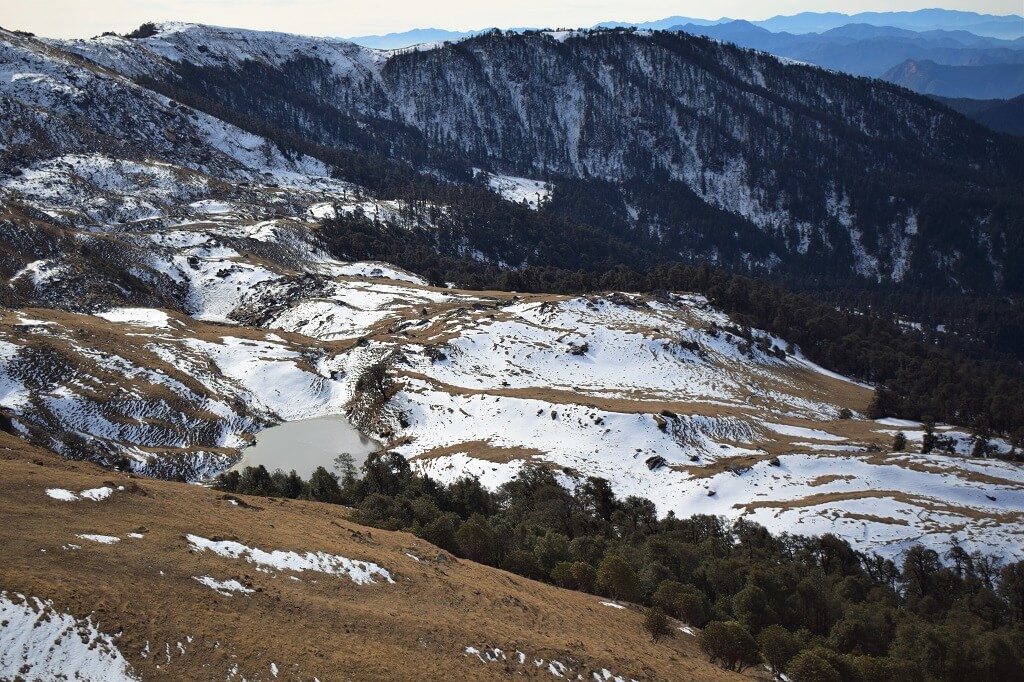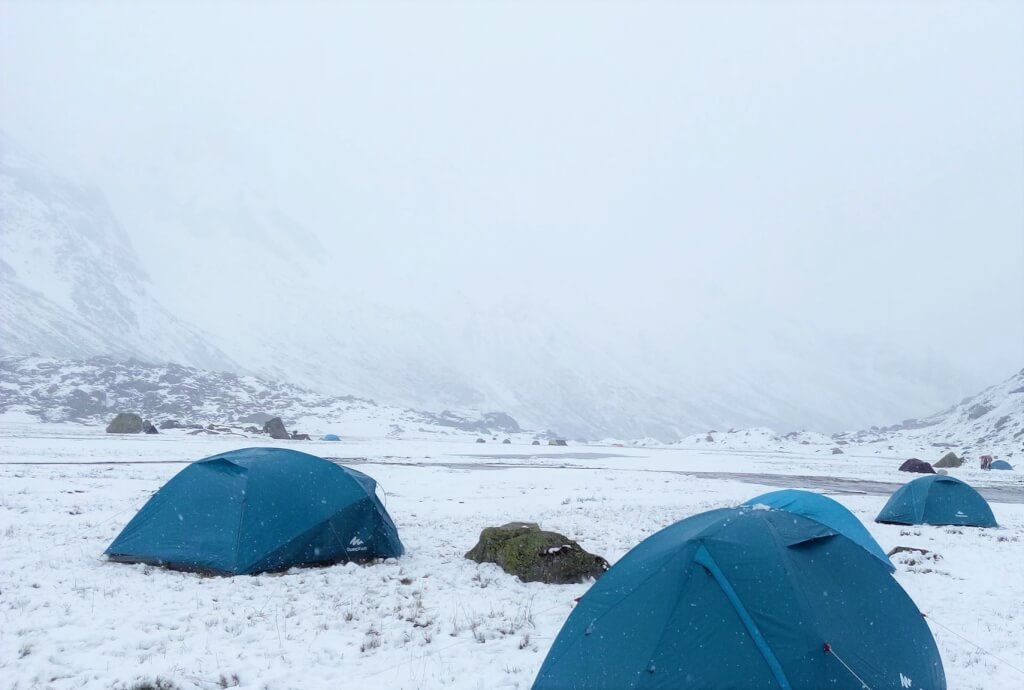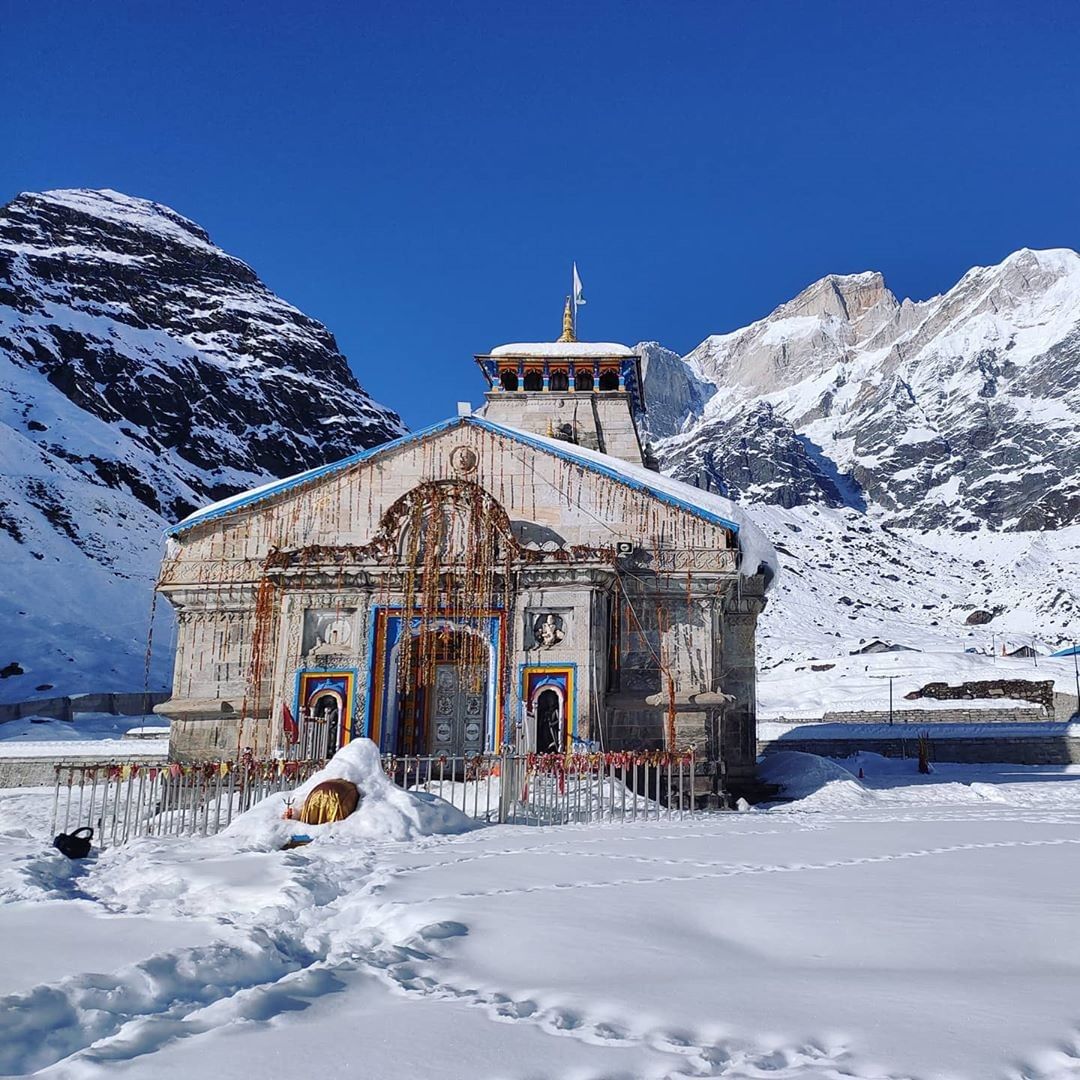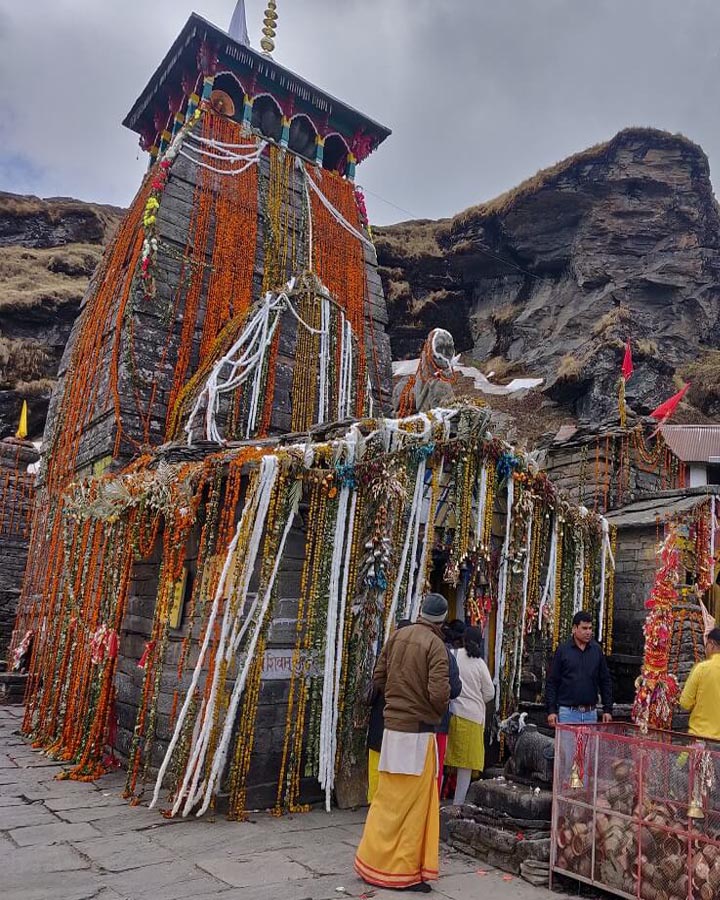- What is Satopanth Lake?
Satopanth Lake is a high-altitude lake situated in the Indian state of Uttarakhand, at an elevation of approximately 4,620 meters (15,157 feet) above sea level. It is located in the Badrinath region of the Garhwal Himalayas. The lake is known for its pristine beauty and is considered sacred in Hindu mythology.
2. How do I get to Satopanth Lake?
The trek to Satopanth Lake generally starts from Badrinath. The usual route involves trekking through rugged terrain and high-altitude passes. The trek is approximately 22 kilometers (13.7 miles) one way and takes around 3 to 4 days to complete, depending on the pace and weather conditions.
3. What is the best time to visit Satopanth Lake?
The best time to visit Satopanth Lake is from late May to early October. During these months, the weather is relatively stable, and the snow on the trekking paths is minimal. The monsoon season (July-August) and winter months (November-March) are not ideal due to heavy snowfall and the risk of landslides.
4. What is the level of difficulty for the trek?
The trek to Satopanth Lake is considered moderate to challenging due to its high altitude and rugged terrain. Trekkers should be prepared for steep ascents, potential altitude sickness, and rapidly changing weather conditions. Prior trekking experience and good physical fitness are recommended.
5. What kind of permits are required?
For trekking to Satopanth Lake, you need to obtain a permit from the Forest Department. This is usually arranged through a registered trekking agency or guide. It’s also advisable to check for any additional regulations or requirements related to travel permits for foreign nationals.
6. Are there any facilities available during the trek?
Facilities along the trek are quite basic. There are a few temporary shelters and campsites, but amenities like electricity and modern sanitation are limited. Trekkers should carry their own food, cooking equipment, and camping gear.
7. What kind of wildlife can be seen in the area?
The area around Satopanth Lake is home to various species of Himalayan wildlife, including the Himalayan tahr, bharal (blue sheep), and several species of birds. While wildlife sightings are not guaranteed, the region’s natural beauty is a major attraction.
8. What should I pack for the trek?
Warm clothing and layers (even in summer, temperatures can be cold at high altitudes)
Waterproof jacket and pants
Trekking boots with good grip
Sleeping bag rated for cold temperatures
Trekking poles
High-energy food and snacks
Water purification tablets or filter
First aid kit
9. Is it necessary to have a guide?
While it’s technically possible to trek without a guide, it is highly recommended to go with an experienced guide or through a trekking agency. The high-altitude environment and remote location can make navigation and safety challenging for those unfamiliar with the area.

